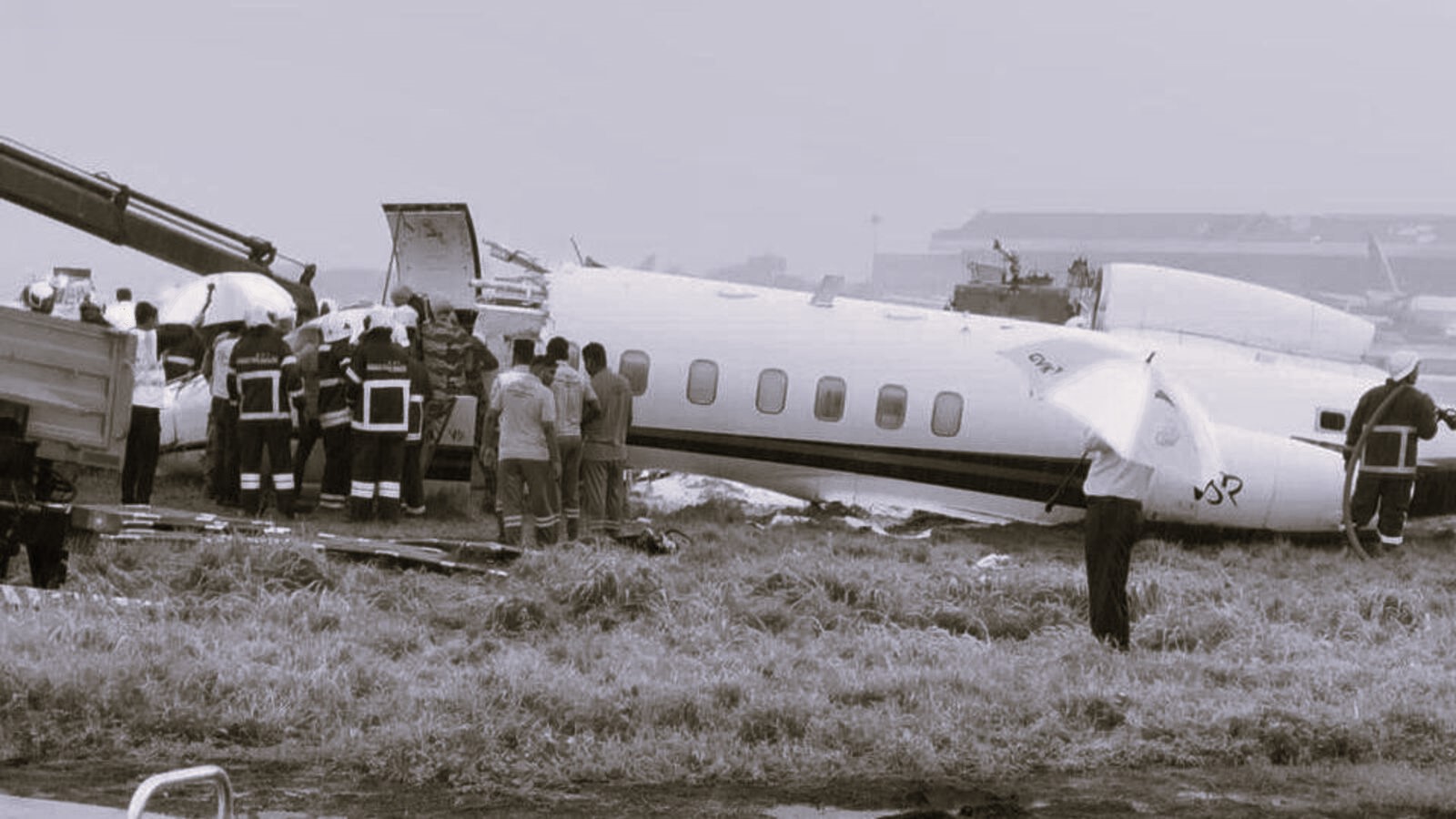Introduction
On [14/09/23], a significant aviation incident unfolded at Chhatrapati Shivaji Maharaj International Airport in Mumbai, India, as an aircraft carrying 8 passengers veered off the runway during its landing procedure. This event has raised critical concerns about aviation safety, operational procedures, and the well-being of passengers and crew members. In this article, we will delve deeper into the specifics of the incident, examine the factors that may have contributed to it, and emphasize the paramount importance of aviation safety measures.

The Incident
the incident involved an aircraft whose identity has not yet been disclosed, transporting a total of eight passengers. The aircraft, en route to Mumbai, encountered difficulties during its landing phase, ultimately leading to it deviating from the designated runway. Thankfully, no fatalities or severe injuries were reported among the passengers and crew members on board. Nevertheless, this incident has prompted inquiries into aviation safety standards and protocols.
Factors Contributing to the Incident
- Weather Conditions: Weather conditions significantly influence aviation safety. Adverse weather, such as heavy rainfall or strong winds, can considerably affect an aircraft’s landing and takeoff procedures. Therefore, it is essential to investigate whether unfavorable weather conditions played a role in this incident.
- Technical Malfunctions: Contemporary aircraft are equipped with advanced systems to ensure safe operations. Any technical malfunctions in critical components can lead to incidents like this. Consequently, a thorough examination of the aircraft’s maintenance history and systems is imperative.
- Human Factors: Human errors, whether on the part of the flight crew or air traffic controllers, can have serious repercussions in aviation. Investigating whether any human factors, such as miscommunication or decision-making errors, contributed to this incident is crucial.
Aviation Safety Measures
In the aftermath of such incidents, it is vital to reiterate the significance of aviation safety measures and protocols. Here are some key considerations:
- Rigorous Training: Ensuring that flight crews undergo comprehensive training to handle various scenarios, including adverse weather conditions and technical malfunctions, is paramount.
- Regular Maintenance: Airlines must adhere to strict maintenance schedules to ensure that aircraft are in optimal working condition. Routine inspections and repairs should never be compromised.
- Enhanced Communication: Improved communication between flight crews, air traffic controllers, and ground personnel can mitigate the risk of miscommunication-related incidents.
- Continuous Monitoring: Employing advanced monitoring systems and technologies can help detect potential issues before they escalate into critical incidents.
Conclusion
The incident involving an aircraft skidding off the Mumbai Airport runway serves as a stark reminder of the paramount importance of aviation safety. While this specific incident did not result in casualties, it underscores the need for continuous vigilance, rigorous training, and adherence to safety protocols within the aviation industry. By thoroughly investigating the contributing factors and implementing necessary improvements, we can strive to prevent such incidents in the future and ensure the safety of all passengers and crew members in the skies. Aviation safety remains a top priority, and collaborative efforts among aviation stakeholders are essential to maintain the highest standards of safety and security in the industry